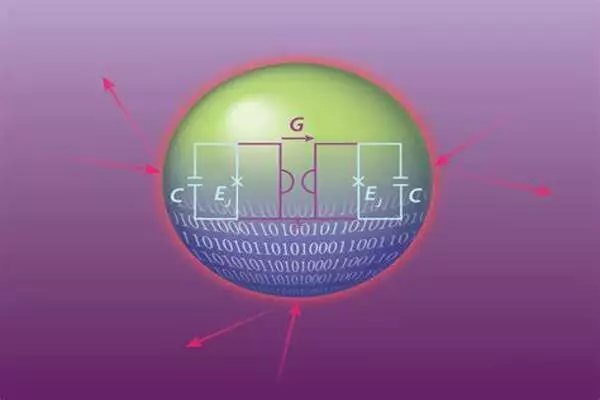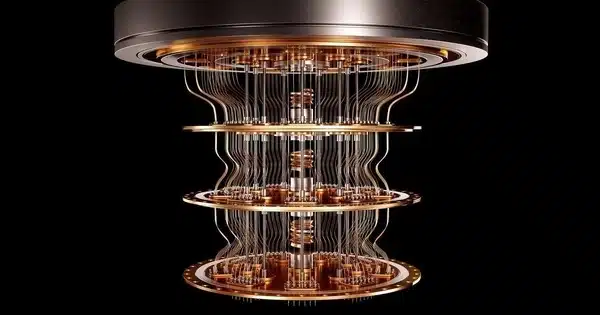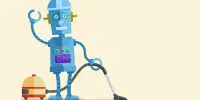Quantum error correction is an essential component of developing practical and dependable quantum computers. Due to quantum mechanics principles, traditional error correction methods used in classical computing, such as redundancy and repetition, are not directly applicable to quantum systems. A quantum eraser has been demonstrated by researchers. The physicists demonstrate that they can detect and correct ‘erasure’ errors in quantum computing systems.
Future quantum computers hold great promise for solving a wide range of problems. They could, for example, lead to more sustainable materials, and new medicines, and even solve the most difficult problems in fundamental physics. However, when compared to today’s classical computers, rudimentary quantum computers are more prone to errors. Wouldn’t it be great if researchers could simply use a special quantum eraser to erase their mistakes?
A group of researchers led by Caltech is among the first to demonstrate a type of quantum eraser, according to a report published in the journal Nature. The physicists demonstrate that they can detect and correct “erasure” errors in quantum computing systems.
It’s normally very hard to detect errors in quantum computers, because just the act of looking for errors causes more to occur. But we show that with some careful control, we can precisely locate and erase certain errors without consequence, which is where the name erasure comes from.
Adam Shaw
“It’s normally very hard to detect errors in quantum computers, because just the act of looking for errors causes more to occur,” says Adam Shaw, co-lead author of the new study and a graduate student in the laboratory of Manuel Endres, a professor of physics at Caltech. “But we show that with some careful control, we can precisely locate and erase certain errors without consequence, which is where the name erasure comes from.”
Quantum computers are based on physics laws that govern the subatomic realm, such as entanglement, a phenomenon in which particles remain connected to and mimic each other even when they are not in direct contact. The new study focuses on a type of quantum-computing platform that employs arrays of neutral atoms, or atoms with no charge. They specifically manipulated individual alkaline-earth neutral atoms contained within “tweezers” made of laser light. The atoms were excited to high-energy states, known as “Rydberg” states, in which neighboring atoms began to interact.
“The atoms in our quantum system talk to each other and generate entanglement,” explains Pascal Scholl, the other co-lead author of the study and a former postdoctoral scholar at Caltech now working at a quantum computing company in France called PASQAL.

Quantum computers outperform classical computers due to entanglement. “However, nature doesn’t like to remain in these quantum entangled states,” she says. “Eventually, an error occurs that destroys the entire quantum state.” These entangled states can be compared to baskets full of apples, with atoms serving as the apples. Some apples will rot over time, and if they are not removed from the basket and replaced with fresh apples, the entire basket will rot. Because it is unclear how to completely prevent these errors from occurring, the only viable option today is to detect and correct them.”
The new error-catching system is designed in such a way that erroneous atoms fluoresce, or light up, when hit with a laser. “We have images of the glowing atoms that tell us where the errors are, so we can either leave them out of the final statistics or apply additional laser pulses to actively correct them,” Scholl says.
The theory for implementing erasure detection in neutral atom systems was first developed by Jeff Thompson, a professor of electrical and computer engineering at Princeton University, and his colleagues. That team also recently reported demonstrating the technique in the journal Nature.
The Caltech team claims that by removing and locating errors in their Rydberg atom system, they can improve the overall rate of entanglement, or fidelity. According to the new study, only one in 1,000 pairs of atoms failed to become entangled. This is a factor of ten improvement over previous results and the highest-ever observed entanglement rate in this type of system.
Finally, these findings are encouraging for quantum computing platforms that use Rydberg neutral atom arrays. “Neutral atoms are the most scalable type of quantum computer, but they didn’t have high-entanglement fidelities until now,” Shaw said.
















